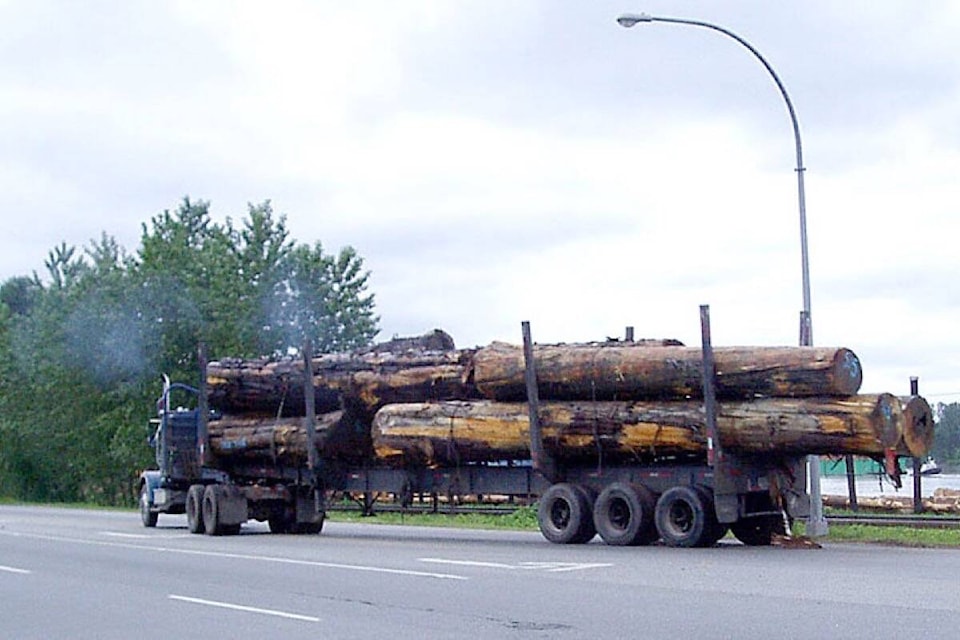This article has been corrected from the original posted Oct. 8, regarding the import duty rates in effect for 2021.
B.C. forest companies are heading into a winter of uncertainty as they deal with the B.C. government’s efforts to preserve more old-growth forest areas, and the latest increase in the U.S. government’s border duties on Canadian softwood lumber.
The U.S. Commerce Department has extended its deadline for the latest preliminary ruling “anti-dumping” duties until Jan. 28, 2022, to provide more time to analyze sales and cost information from Canfor Corp. and West Fraser Mills, two of B.C.’s largest producers. The new rates will be in effect for 2022.
The postponement of the original Oct. 4 deadline is because the latest round is “extraordinarily complicated,” deputy assistant secretary James Maeder said in a memo announcing the delay in determining the penalties assessed on Canadian lumber sales for 2022. Exporters have faced countervailing duty and anti-dumping tariff rates of more than 21 per cent for Canfor, 11.4 per cent for West Fraser and 18.3 per cent for other Canadian producers, which were reduced in a later decision and are expected to be imposed again later this month.
Producers have to pay the duties into a U.S. government fund on delivery, with the possibility that they could be refunded if appeals and reviews find them excessive. The process has dragged on since 1982, in what the B.C. Council of Forest Industries has described as a U.S. industry strategy to damage more efficient competitors.
Old-growth deferral areas announced by the B.C. government last week are to seek input from Indigenous communities with land rights. They could affect up to 26,000 square km of forests around the province, and the industry is concerned about the outcome.
“The B.C. forest sector has been negatively impacted by ongoing constraints on the working forest that have eroded the global competitiveness of our industry,” Canfor CEO Don Kayne said in a statement.
The B.C. First Nations Forest Council objects to the short time frame for its members to assess the latest old-growth deferral area recommendations.
“First nations have been given 30 days to review and respond to the proposed old-growth deferrals within their territories, the council said in a statement. “Nations are being brought into this process after the fact, and now the province is asking nations to hurry up and respond.”
RELATED: U.S. home builders call for end to Canadian lumber war
RELATED: Protests, injunction on Vancouver Island aren’t solutions
In the latest issue of Truck Loggers Association magazine, forester and industry analyst Jim Girvan says a combination of the end of pine-beetle salvage, a severe 2021 wildfire season and the B.C. government’s move to split large forest management units into Indigenous-led landscape management areas is likely to have a severe impact on allowable timber cut and pulp wood supply.
“The B.C. forest industry, once the cornerstone of economic prosperity in B.C., has been beaten to the mat at the hands of pine beetles, softwood lumber, climate change and environmental challenges,” Girvan writes. “With the industry employing fewer than half of the people it did in 2005 and the threat of even more significant job losses as the province tries to balance the needs of the industry against the often unfounded and misinformed calls for increased forest protection, it is time to push back, or the industry will fade and the province will suffer.”
@tomfletcherbc
tfletcher@blackpress.ca
Like us on Facebook and follow us on Twitter.
